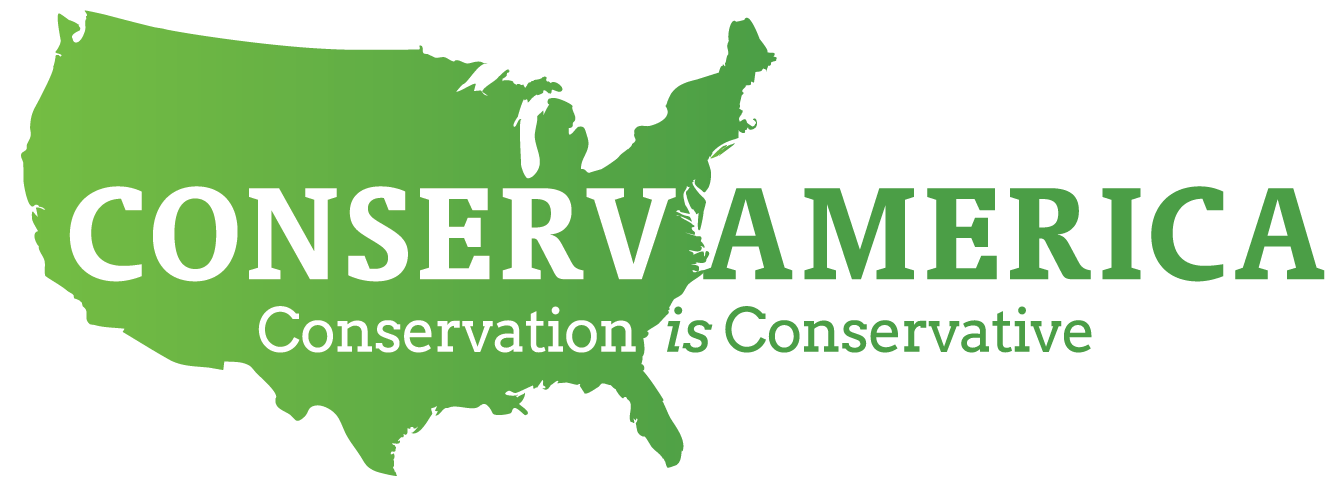Can Climate Action Survive Another Trump White House?
Energy leaders, dignitaries, and policy makers from 85 countries descended upon Houston last month for CERAWeek 2024 where the focus on energy transition and reduction in global carbon emissions has grown in urgency.
President Biden has made CO2 reductions one of his Administration’s top policy priorities with an ambitious goal of net zero by 2050. Over the next 10 years, the federal government will spend well over $500 billion through the Inflation Reduction Act, the Bipartisan Infrastructure Act and CHIPS law to curb CO2 emissions.
Many are starting to ponder what the future holds for climate action under a second Trump Administration.
The upcoming election has many Democrats concerned about President Trump’s return to office. Climate activists point to the Heritage Foundation’s Project 2025 as proof that their climate agenda will be rolled-back under a second Trump term. “The plan calls for shredding regulations to curb greenhouse gas pollution from cars, oil and gas wells and power plants, dismantling almost every clean energy program in the federal government and boosting the production of fossil fuels,” according to the NYT’s reporter Lisa Friedman.
Despite the continued partisan divide on the topic, there are solutions upon which both parties should agree. Progress can be made regardless of who controls the White House with the right policy focus.
Last Friday, Congressman Buddy Carter (R-GA) introduced the Ocean Restoration Research and Development Act of 2024 (H.R. 7797), that puts into action recommendations by a 2022 National Academies of Sciences (NAS) report on a strategy for ocean carbon dioxide removal and sequestration. The bill, if enacted, would authorize a 5-year Department of Energy pilot program aimed at accelerating the implementation of marine-based carbon dioxide removal (mCDR) techniques, including ocean iron fertilization (OIF) that entails sprinkling trace amounts (parts per trillion) of iron into iron-depleted parts of the ocean to catalyze phytoplankton growth.
Phytoplankton are tiny, plant-like organisms that float near the surface of the ocean and form the base of the ocean food chain. They are responsible for producing approximately 50 percent of the oxygen we breathe and play an essential role in the global carbon cycle. As the foundation of the aquatic food web, they feed everything from microscopic, animal-like zooplankton to fish, sea birds, and multi-ton whales.
Recent studies reveal concerning trends regarding the precipitous decline of ocean plankton, as much as 65 percent in the Gulf of Maine over the last two decades. With declining phytoplankton comes declining carbon removal and a shrinking ocean food chain, starting with critical forage fish, such as herring, capelin, sardines and pollock, which are eaten by larger fish.
Pacific and Atlantic salmon populations are quickly heading toward extinction and while beset with various inland stressors, recent studies suggest that young salmon are starving to death at sea. The U.S. government has spent over $2 billion on a plan to save salmon, with a focus on stream restoration and dam removal projects. But the fish aren’t returning from the ocean.
Mother nature has proven that stimulating phytoplankton growth is good for all marine life. In 2008, an eruption of the Kasatochi Volcano, where volcanic ash initiated one of the largest phytoplankton blooms observed in the subarctic North Pacific, resulted in the largest Sockeye salmon return to British Columbia’s Fraser River since 1913 where 34 million salmon returned, far exceeding the 1.5 million in 2007. And then there is the 2012 Haida Salmon restoration project, where OIF was deployed 200 miles off the coast of Alaska, which resulted in the largest pink salmon return in Alaskan history where, in 2013, 219 million salmon returned, far exceeding the 70 million expected.
OIF also portends a nature-based solution to mitigating the impacts of climate. During a 1988 speech, the famous oceanographer, John Martin, said “Give me a half tanker of iron, and I’ll give you an ice age.” The iron hypothesis has been studied and validated for over four decades. Over 13 small OIF ocean experiments in the last 20 years have shown that dispersing trace amounts of iron in high-nutrient, low-chlorophyl areas of the ocean is the most effective marine carbon dioxide removal technique. The way OIF works is phytoplankton that are not consumed by other marine life and new ocean biomass in the form of more fish and whales, and their nutrient fluxes, will sink miles beneath the ocean’s surface where the carbon is stored for hundreds or thousands of years.
It is time to move to larger projects and demonstrations so that we begin to save our seas and help mitigate the adverse impacts of a warming climate.
Brent Fewell is the General Counsel of ConservAmerica, Founder of Earth & Water Law and served as the former Principal Deputy Assistant Administrator in U.S. EPA’s Office of Water during the George W. Bush Administration.
Kevin Wolf is an environmental activist in California. He co-chairs the Ocean Iron Fertilization Alliance, is the president of Restoring the Stanislaus River and CEO of Wind Harvest International Inc.
